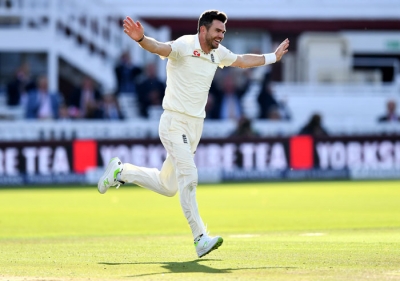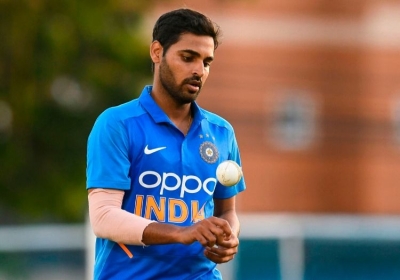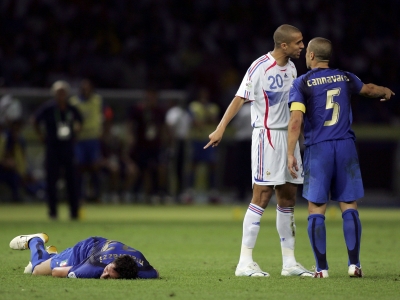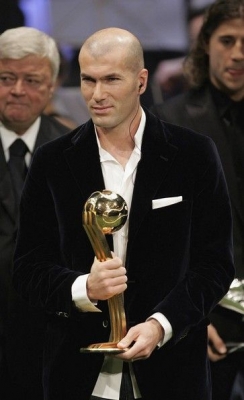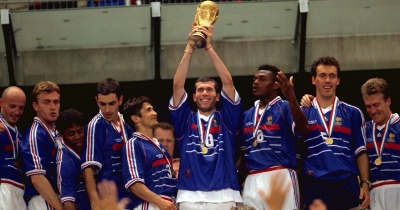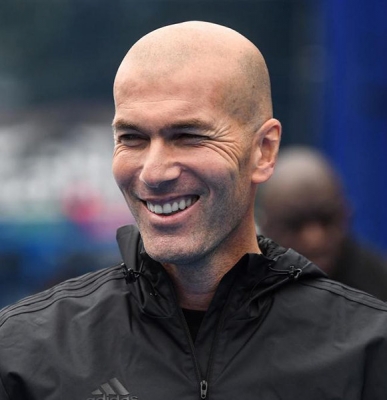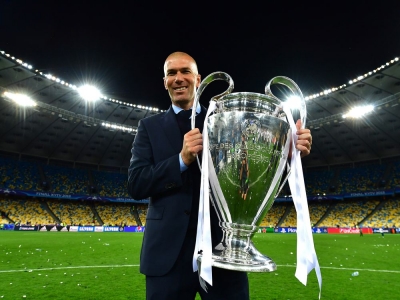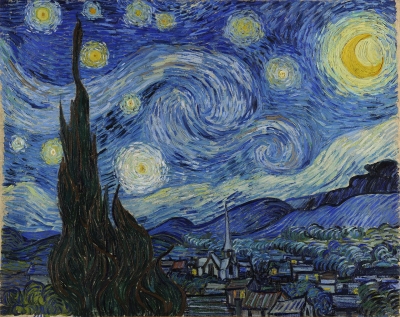Which city hosted the 2016 T20 World Cup final?

The 2016 ICC World Twenty20 Final was played at the Eden Gardens in Kolkata on 3 April 2016 to determine the winners of the 2016 ICC World Twenty20 between England and the West Indies. The West Indies won the match by 4 wickets, thus becoming the first team to win the ICC World Twenty20 twice. The match recorded the highest attendance ever for an ICC World T20 Finals.
Before this match England and the West Indies had played each other in two ICC finals – the final of the 1979 World Cup at Lord's and the final of the 2004 Champions Trophy final at the Oval – both of which the West Indies won. This was also the first final between two previous champions – England won the 2010 World T20 for their first ICC world championship while the West Indies won the 2012 World T20.
Both teams were drawn into Super 10s Group 1 alongside Afghanistan, Sri Lanka and South Africa. They played each other in their opening game on 16 March at the Wankhede Stadium in Mumbai, with the West Indies winning by six wickets with 11 balls to spare. West Indian opener Chris Gayle scored an unbeaten 100 runs off 47 balls, including 11 sixes, becoming the first player to hit two T20 International centuries.
Immediately before the men's final, the West Indies won the women's tournament with an eight-wicket victory over three-time defending champions Australia, also at Eden Gardens, which gave them the chance to be the first to win both the men's and women's World Twenty20 on the same day.
Picture Credit : Google

